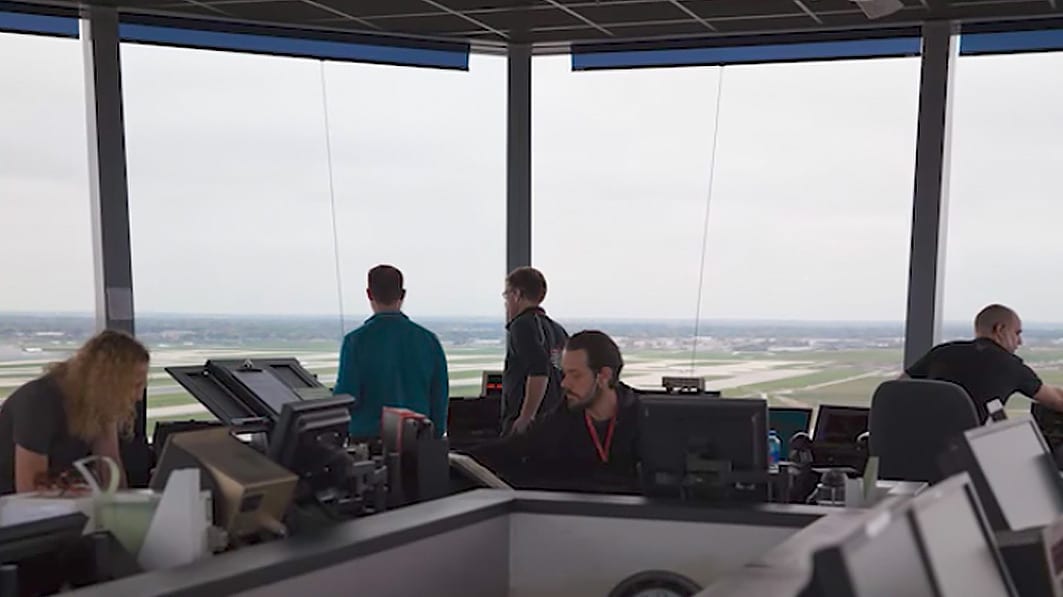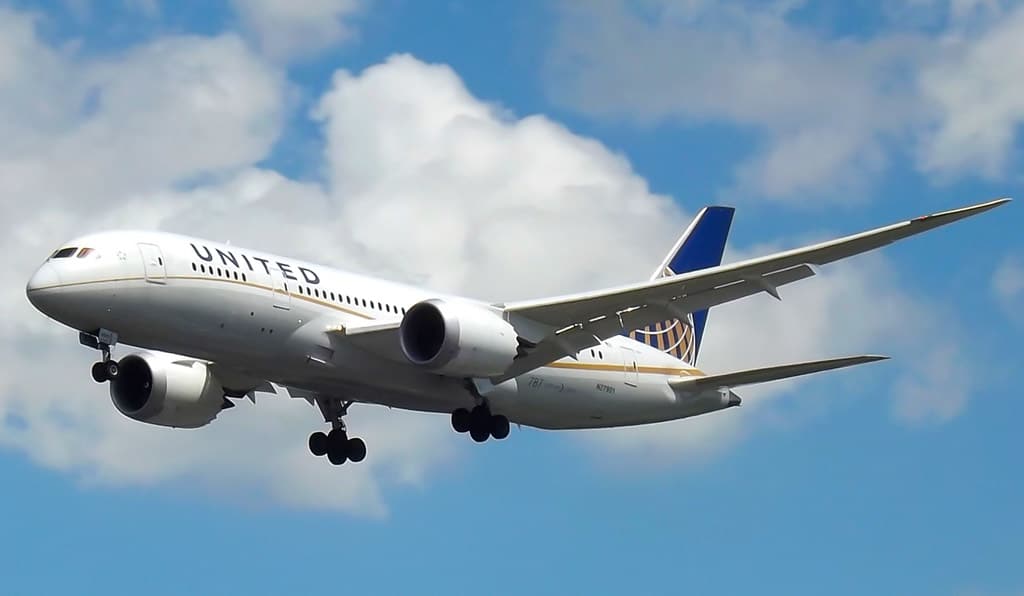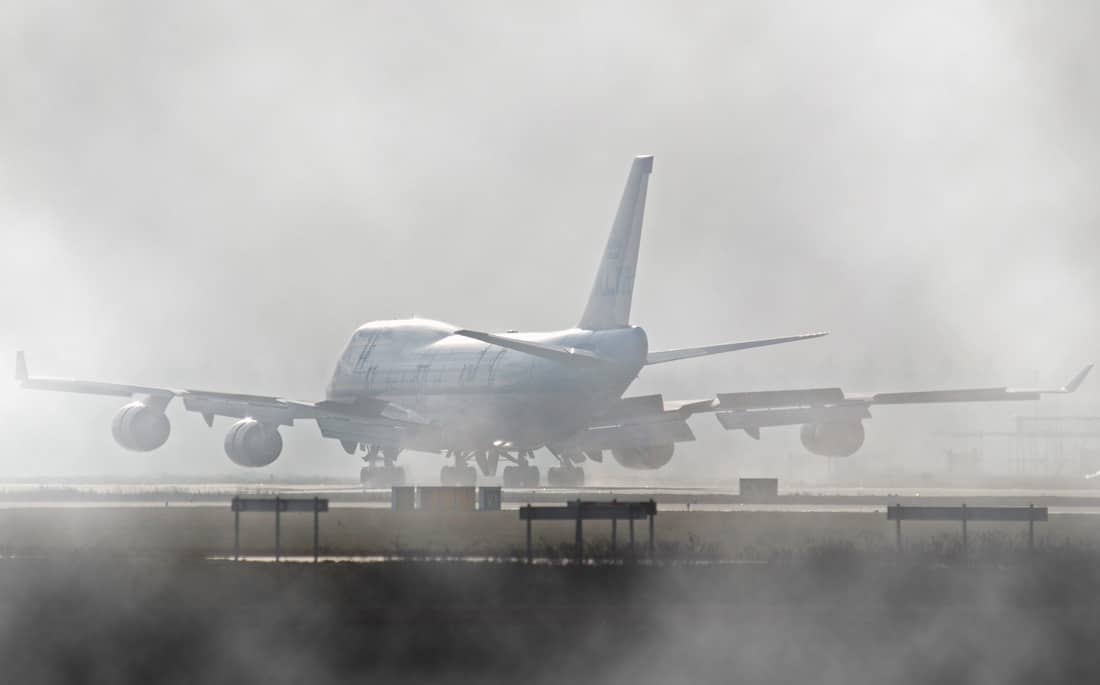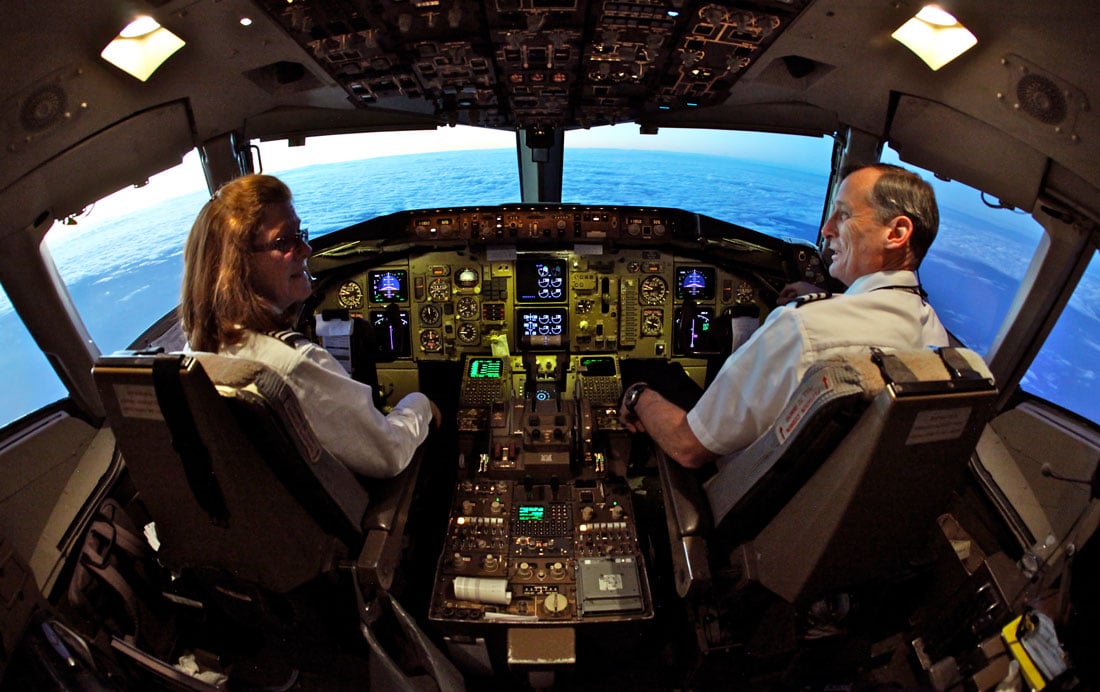Air ambulance flying can sometimes put life into a different perspective.
It’s -14 degrees F outside, but it’s not cold enough to keep the phone from ringing at 0200. “Hello?” “Hey captain, we have to get a heart and lung transplant medical team from Flying Cloud to Aberdeen, right now. A young, healthy snowmobiler was drinking and driving and there is a recipient in Minneapolis that could use what’s left of him. The medical team will be at the airport in forty minutes. They want the Citation tonight. There will be six people. We need a go/no-go weather decision in ten minutes. Call me right back. Got it?” And with that, you’ve gone from REM sleep to having your brain swirl with a rush of adrenaline, a low level panic and a drive to haul your body out of bed into the stranglehold of a winter’s night. You are an air ambulance driver and tonight, it feels like you and this medical team are the only people awake. You are surrounded by life and death, but all you’re concerned about tonight is life. You put a few drops of Visine in your eyes to help wake up and you’re out the door…
For fixed-wing pilots seeking hours on their way to the heavy iron, a stint as an air ambulance driver offers you a personal challenge, as well as a plump resume and hardcore experience (the helicopter world dominates air ambulance, but this article is for the fixed-wing pilots). It’s a schedule filled with hours of sitting and waiting followed by a panicked called from dispatch that you may or may not have a flight, but come to the airport and get ready. There are a variety of employment scenarios, but primarily, there are two main types of air ambulance pilots:
The first is more common. It’s a roster of qualified pilots and a designated aircraft that has a standard medical bed, and the level of medical equipment determines what kind of patient you’ll be flying. Many flights won’t even involve the medical aircraft because there won’t be a patient. It will be about flying a medical team (carrying body parts) to and from an airport closest to the hospital where a transplant can be performed. If flying a patient, there is usually at least a critical care nurse and/or paramedic and sometimes a flight physician, but they are usually the client and not employed directly by the aviation company (this is important because of the Part 91 vs Part 135 rules). Many patients are noncritical, but still require medical care and are unable to travel by conventional means. For instance, transferring a VA patient from one state to another, or moving an elderly patient from one nursing home to another. These pilots are usually line pilots that have been also trained for air ambulance operations. Since air ambulance has such an irregular schedule, these pilots usually fly on both rosters.
The second type of air ambulance pilot is less common, but the flying is more specialized. Air ambulance is all they do, and they do it well. They stay and sleep at the airport and can be ready to go in ten minutes. They get paid whether they fly or not, and they are scheduled to be at the airport for shifts. These pilots will often fly for a local hospital network (contractually between aviation company and hospital system) which means their routes spoke outward with a range of only an hour or two. These pilots will often only get an hour or two in their logbooks when they do fly, and it is accompanied by many hours of waiting on the ground. A flight will look like this: Dispatchers get a call from a hospital that there is a mother is preterm labor and the local hospital can’t handle the level of care that might be needed if the baby is delivered. They’ll dispatch a Lear to the closest airport and a ground ambulance with the patient will meet them there. The aviation company’s own medical team, contracted by the hospital, will be onboard to greet the patient, get them stabilized and coordinate with doctors waiting at the hospital. Often, the hospital doesn’t even call the aviation company’s dispatch, they’ll call the pilots directly which makes the dispatch time even faster. After go/no-go decisions are made, pilots will then call dispatch and communicate the upcoming flight’s details. Sound confusing? Yes, it is, and it’s mostly done in the dead of night
Since I was both a dispatcher and a pilot for air ambulance, I’ve seen the best and worst of life in aviation. The best in that it is a true test for pilots to think calmly and safely while surrounded by people in a panic that desperately need to be somewhere. There are not a lot of resources to help you in the middle of the night, so these pilots have to take care of many details on their own. Issues like snow in front of the hangar so deep you can’t get a tug through, after-hours security gates that need to be opened for an ambulance, and getting ahold of night airport operation because the power is out on the runway lights. It’s rewarding to know that your flight saved a life. I’ve also seen the dejected faces of a medical transplant team that had flown to the airport, only to find out that the family had changed their mind and no longer wanted their loved one’s organs donated. The medical team knows that the recipient on the other end of the flight is getting prepped for surgery and that someone has to tell them they’re going to have to wait a little longer on the recipient list. I’ve also seen the medical team come back from the hospital without their patient because the patient passed away before they could get them transported. Air ambulance flying can sometimes put life into a different perspective.
We can’t finish without mentioning the loss of life due to many air ambulance crashes. Safety has improved over the last decade, but the circumstance of air ambulance flying will remain the same. It is intense, under high pressure conditions, and the industry will continue to make sure this type of flying is as safe as possible.
One last bit of information to keep in mind if you enter this industry. You must learn to watch the calendar. It’s not just a Wiccan myth. The moon does strange things to people – especially pregnant women. During the full moon phase, we have an influx of air ambulance flights and a lot of preterm labor flights. If the moon can pull ocean tides, it’s not too farfetched to think it can have an effect on human beings. So pilots and dispatchers should always keep Visine nearby, an eye on the moon cycle, and remember that a full moon can help fill your logbook.















2 Comments